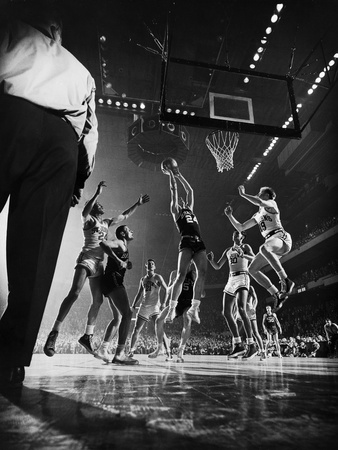One
of my goals for this year was to knock off one of the handful of books that I’ve
started but never finished.
Now,
I love me some F. Scott Fitzgerald. I zipped through The Great Gatsby , This Side
of Paradise , and Tender is the Night
– all three. But the only short story collection of his that I’ve tried, Babylon Revisited and Other Stories , had
me snoozing before I finished the first story. Maybe because the tales are so
long (they have 6 or 7 chapters apiece.) But when I happened upon the audiobook
at my local library, I thought it must be a sign to give it another go. Here's my second appraisal.
The
sentence-level writing is, of course, first-rate. But I think I identified the
problem I’d been saddled with earlier: the collection is simply pretty boring. I
found that I couldn’t really identify with the bulk of his characters- most of
whom seem to be uppercrust, Mid-western, young men on the margins of
high-society, who are in love with unattainable, snobbish girls. That kind of story
is perfectly fine, and he’s done it well elsewhere, but I get bored with the
repetitive nature of it.
Fitzgerald
is said to have been conflicted over a lot of his stories. He felt like he was
whoring himself out for a magazine paycheck rather than concentrating on producing his
best work all the time. But I’m not going to dwell on the bad (The Diamond as Big as the Ritz is a highly-sensationalized,
pulp-fiction tale that was hard for me to swallow) or the boring (see previous
paragraph,) I’d rather talk about a couple I really liked.
“The
Ice Palace” is all about cultural differences and assimilation between North
and South in America. A southern girl dissatisfied with her sleepy, southern
town, decides to marry a northerner. Her first foray into northern society as
his fiancée raises some red flags for her and the tension builds slowly, but
when she gets left behind and trapped in the labyrinth of a Winter Carnival ice
palace, everything becomes clear, and she retreats to the South. Unlike some stories in the collection, things
actually happen in this story— it has a beginning, a middle, and an end. And it
packs enough emotional action to keep you thinking long after you’ve read it.
There
were a couple others I enjoyed, but the title story is the coup de grace. “Babylon
Revisited” is a brilliant, heart-wrenching tale that lays bare the wasteful
decadence of the Jazz Age. In the aftermath of the market crash and too much out-of-control
drinking and debauchery in Paris, Fitzgerald shows you the slow transformation
and rehabilitation of the main character, who is ready at long last to take back
custody of his daughter and to start a new life in Prague. That is, until some
of his old friends come crashing in at the last minute to prove that there are
some demons you can never quite get away from. It’s sad and brutal and
wonderful. And the internet tells me it became the movie “The Last Time I Saw Paris.”
Most
of this collection was just okay. I probably wouldn’t have crossed the finish
line if some audiobook voice talent hadn’t read it to me. But those two stories really
redeemed the collection for me. You may as well check’em out.











